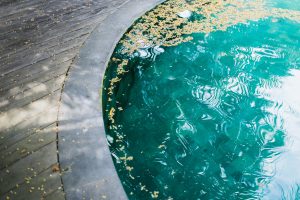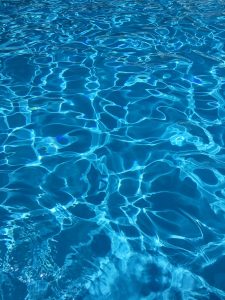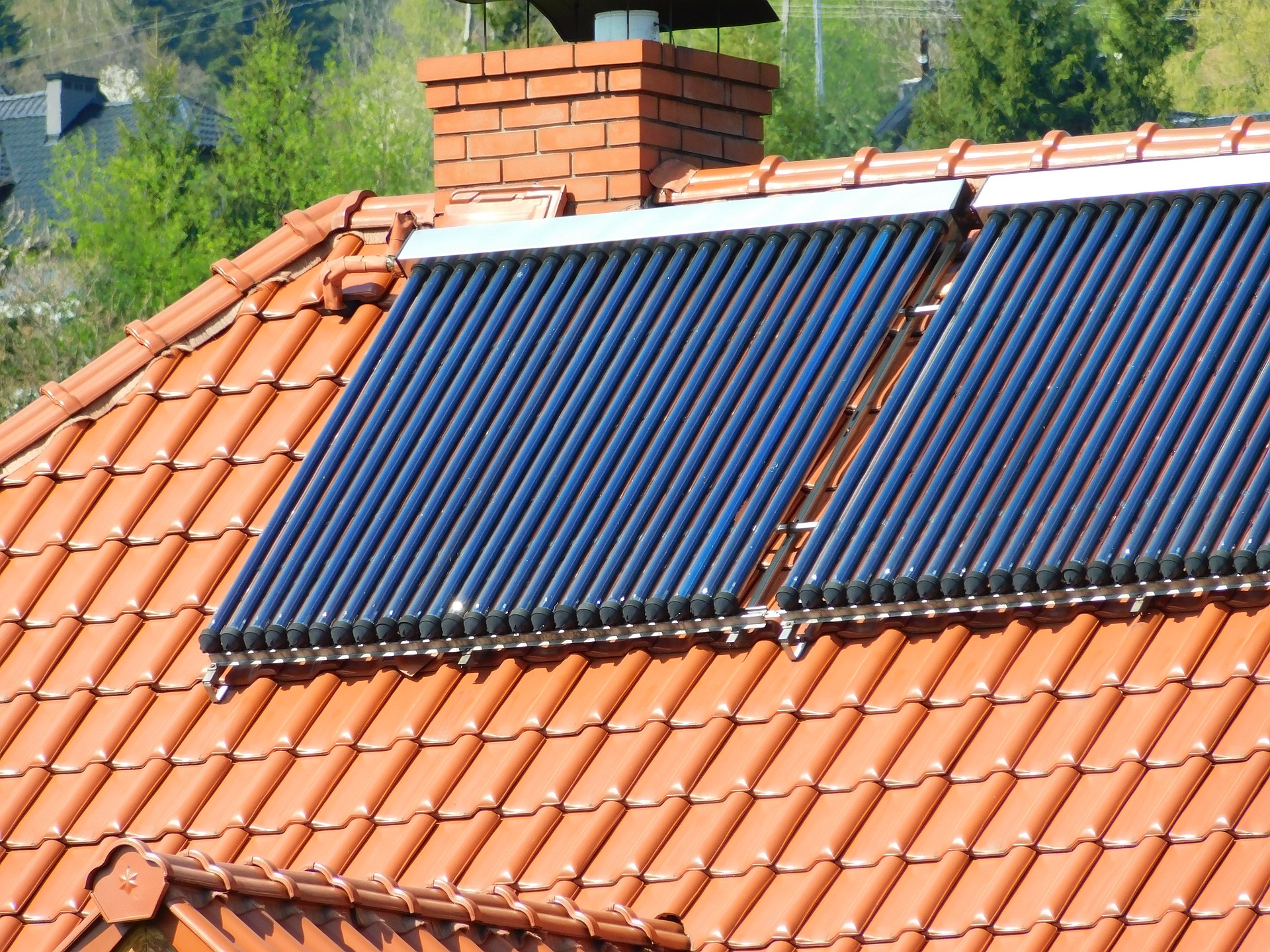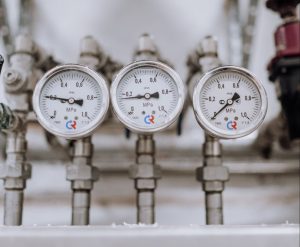Solar pool collectors
Solar pool collectors
Solar collectors are an ideal and environmentally friendly way to heat your pool water. And in the long run cheaper than heating the water electrically. Unless you have solar panels over which provide free energy. However, a separate investment in solar panels requires a hefty budget because you also need an electric heating element such as a heat exchanger. Pool heating through collectors is inexpensive in several ways including using mats or bulbs. But how does such a system work?
Pool heating benefits
Before we start the explanation, a word about the benefits or necessity of heated swimming water. Without heating pool water in the sun does not get warmer than 22 degrees and it takes a while for this to happen. By heating the pool water to about 29 degrees it is not only a lot more pleasant than swimming in cold water but you also extend your swimming season by a few months. That easily saves 4 months and that’s substantial.
 To save energy it is certainly important to cover the pool at night to prevent unnecessary cooling. This halves the heat loss compared to an uncovered pool. This can be done with a simple sail or even better with a more expensive shutter. Keeps the pool water clean from falling leaves and drowned insects.
To save energy it is certainly important to cover the pool at night to prevent unnecessary cooling. This halves the heat loss compared to an uncovered pool. This can be done with a simple sail or even better with a more expensive shutter. Keeps the pool water clean from falling leaves and drowned insects.
How do solar collectors work pool?
You place the solar collectors on the roof or on the ground in such a way that they catch as much sun as possible. So southward or  southwestward facing. The pool’s water pump pumps the unheated water to the collectors, and these pump the heated water back into the pool. If the collectors are placed on the roof, it is important that the pool water pump is powerful enough to pump the water up. As a rule of thumb, use the same number of m2 solar collector as the number of m2 pool water you want to heat.
southwestward facing. The pool’s water pump pumps the unheated water to the collectors, and these pump the heated water back into the pool. If the collectors are placed on the roof, it is important that the pool water pump is powerful enough to pump the water up. As a rule of thumb, use the same number of m2 solar collector as the number of m2 pool water you want to heat.
Solar mats as pool heating
In addition to the classic collectors, you can also use EDPM mats or solar mats. EDPM is a synthetic rubber that is also used as a roofing material and it can withstand high temperatures. For small pools or set-up pools, this is a good solution. For larger pools it takes too long to heat all swimming water in this way because it takes a long time before the entire volume of swimming water has passed through the mat. Also, these mats only work in direct sunlight and on cloudy days this does not work. Another disadvantage is that you need a lot of m2 mat to heat the water.
Solar collectors pool bulbs
To meet this problem, there are solar collectors pool in dome form or solarcollectors pool spheres. In these spheres, the pipe is rolled up in a dome or sphere shape so you can store many more meters of pipe in much less space. In these spheres, the pool water is heated. With 1 dome you heat about 5,000 liters so for a bit of a serious pool you need 10 pool spheres. For the most current prices you can find here. Of course, no sun means no heating.

Solar collectors pool in combination with heat pump
If you also want to heat without direct sunlight then a heat pump is an alternative. If you want to do it beautifully, you can combine both techniques to achieve optimum heating in both cloudy and cloudless conditions. A heat pump is efficient and sustainable and works on the principle that it extracts heat from the outside air. This costs electrical energy, but because a heat pump works so efficiently, it provides 5 times as much energetic heat for hot water. As long as the outside temperature is higher than 10 degrees, a heat pump works perfectly. Because a water pump does not heat up too quickly, you have to turn it on a few days in advance if you want the water to reach 29 degrees.
